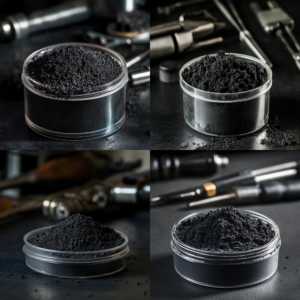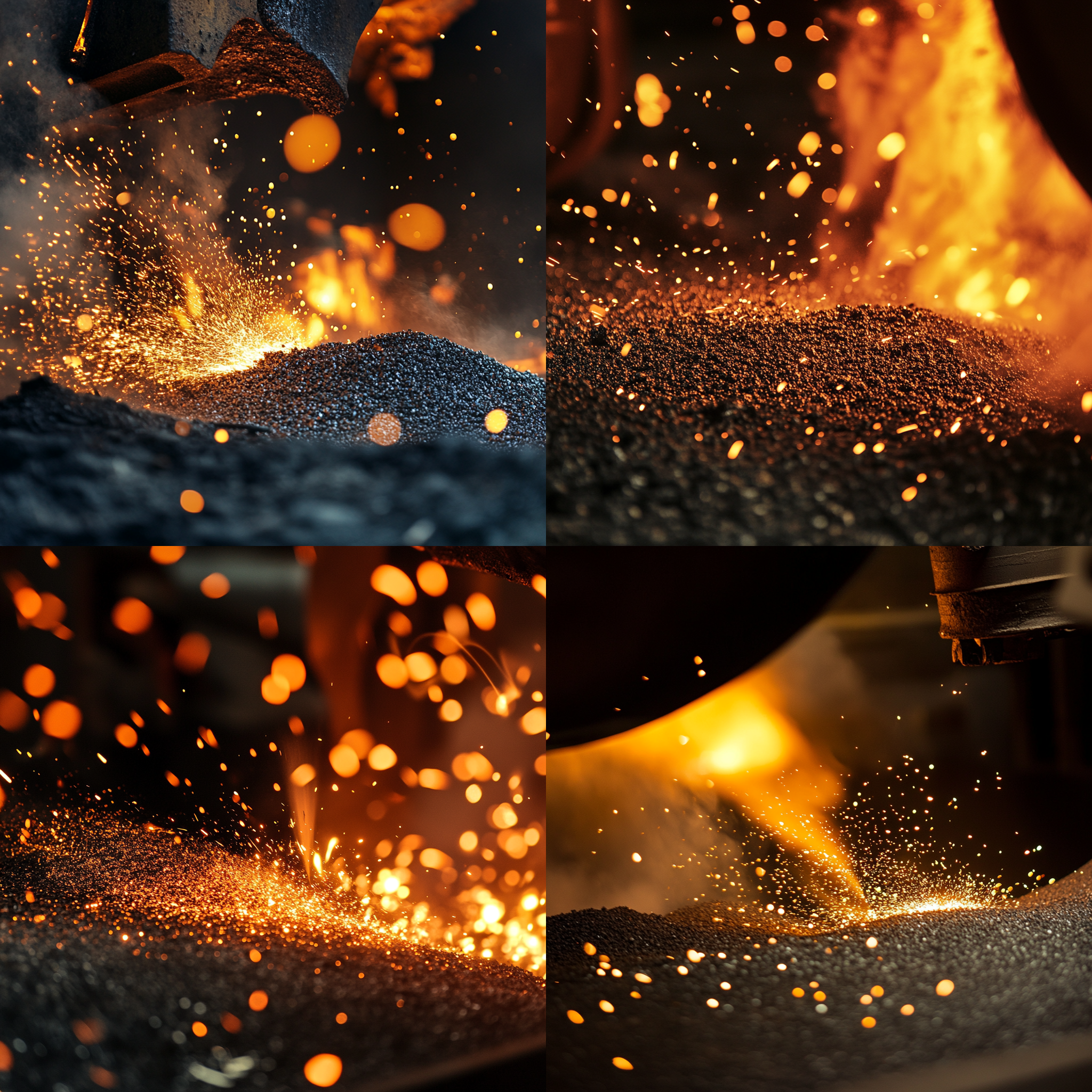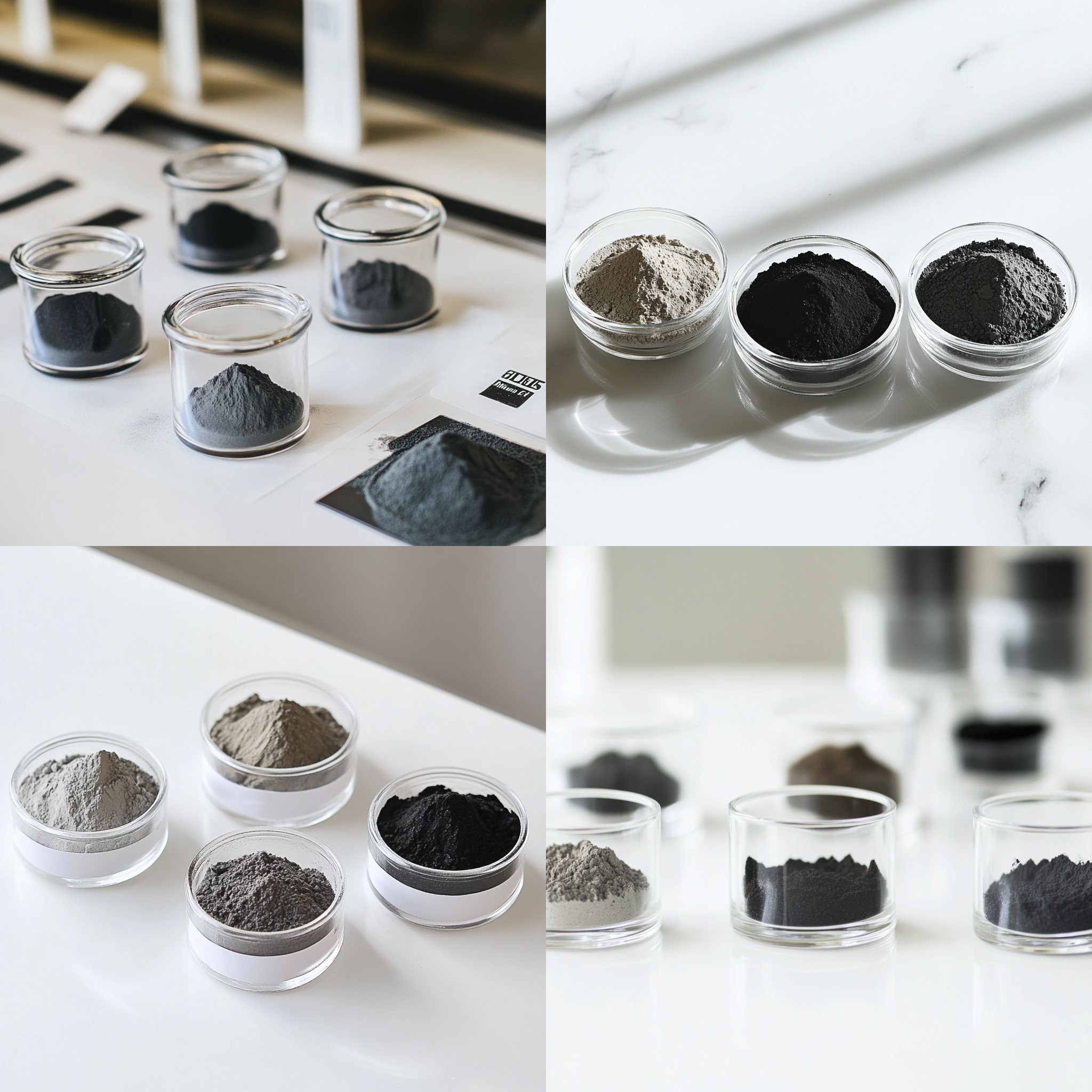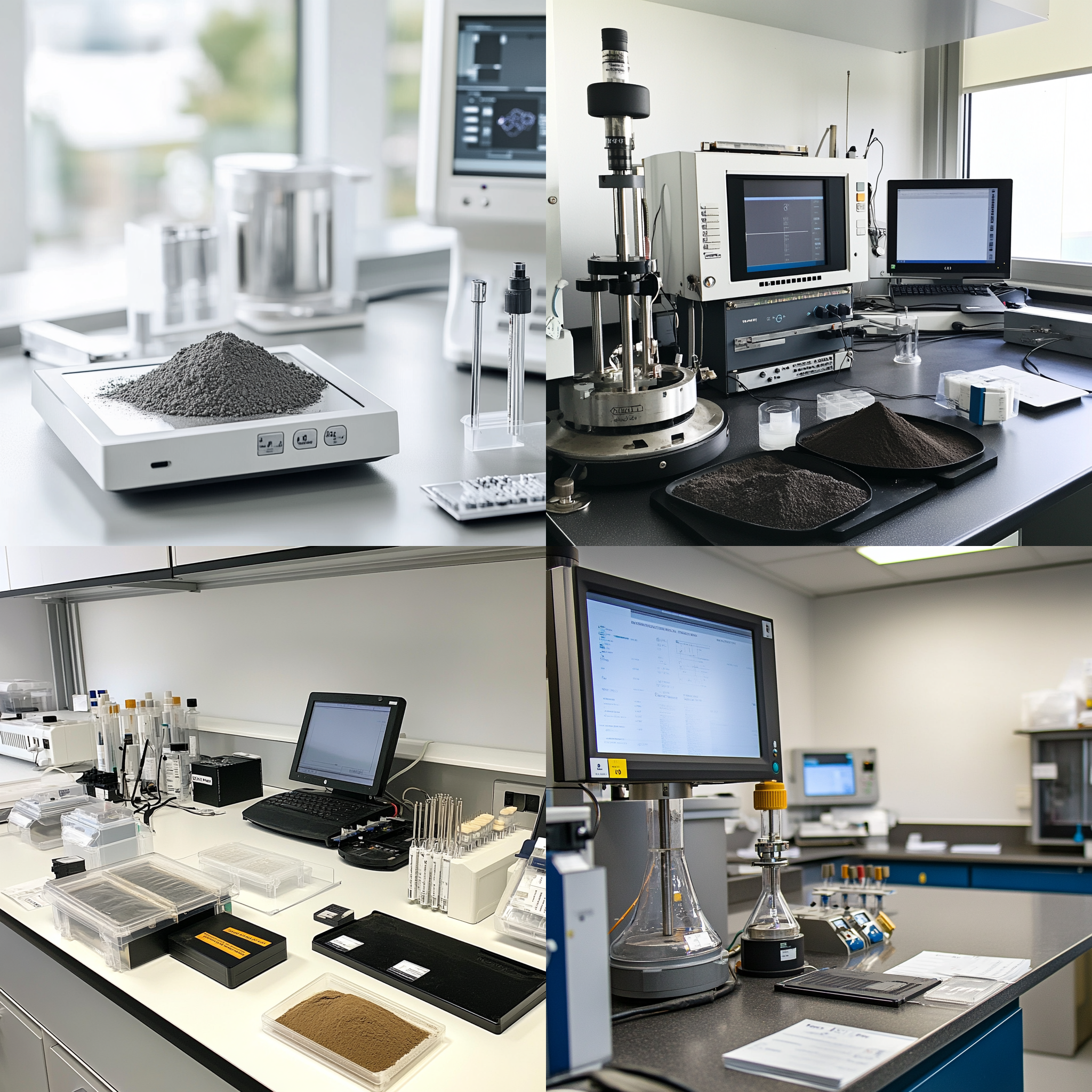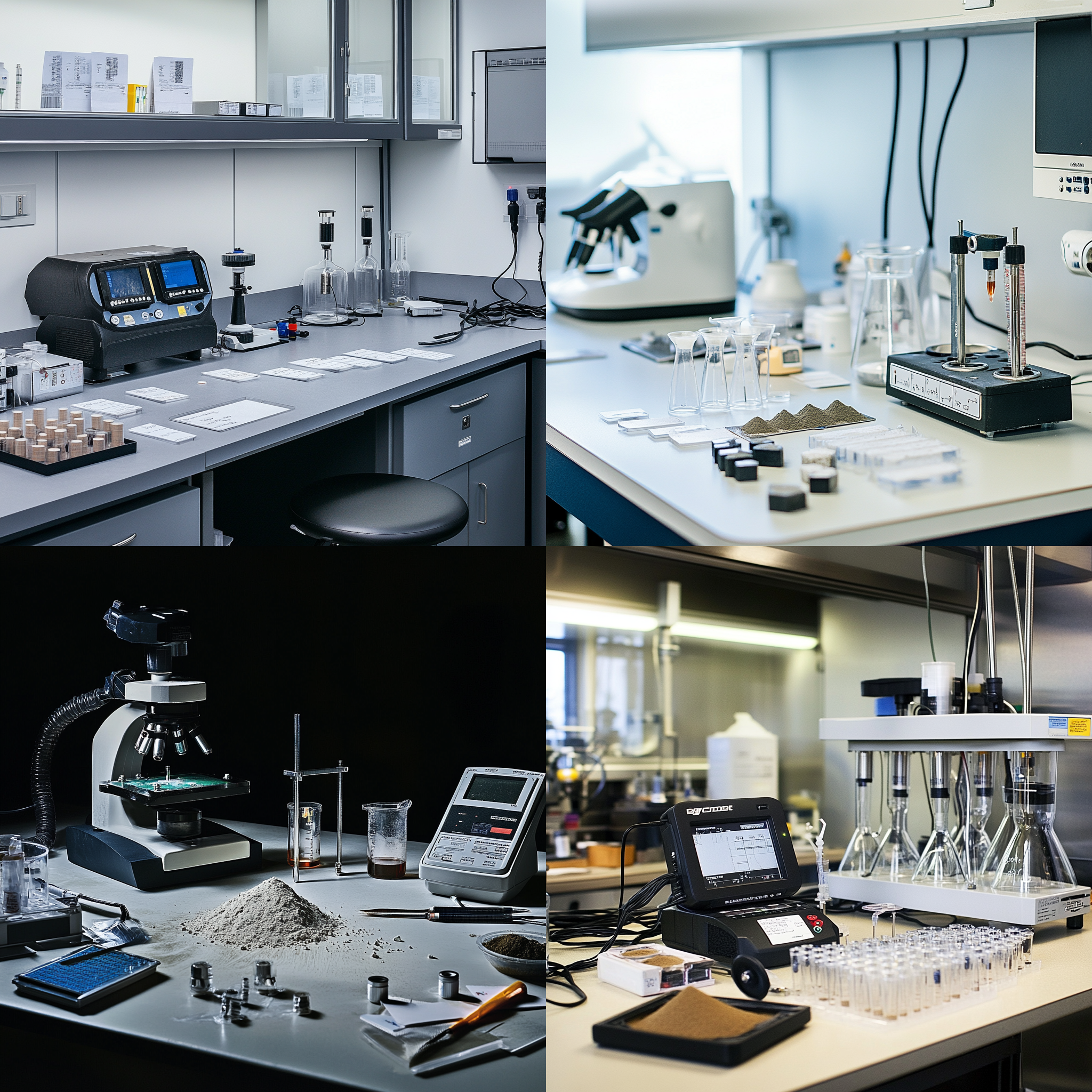When I first encountered graphite electrode powder, I didn’t realize its true potential. Over the years, I’ve seen its importance grow across industries like steelmaking and electronics.
Graphite electrode powder is a high-performance material used in steelmaking, foundries, and batteries for its conductivity and heat resistance.
In this guide, I’ll share what I’ve learned about its types, manufacturing, and practical applications to help you make informed decisions.
How Is Graphite Electrode Powder Manufactured?
The first time I visited a graphite powder factory, I was amazed by the precision involved. Each step seemed critical for ensuring quality.
The process involves calcining, mixing, shaping, and graphitizing petroleum coke or needle coke to create high-performance electrode powder.
Manufacturing graphite electrode powder is a meticulous process involving these key steps:
Key Steps in the Manufacturing Process
- Calcination: Heat treatment removes volatile impurities from raw materials like petroleum coke.
- Mixing: The calcined coke is blended with a binder, usually coal tar pitch, to create a uniform paste.
- Shaping: This paste is molded into desired forms for baking.
- Graphitization: The material undergoes high-temperature treatment (up to 3000°C) to enhance conductivity and mechanical strength.
Challenges in Manufacturing
| Challenge | Impact |
|---|---|
| Raw Material Variability | Affects conductivity and durability |
| Energy Intensity | High energy requirements during graphitization |
| Consistency in Shaping | Impacts uniform performance in applications |
The process’s complexity ensures the powder’s reliability in demanding industrial applications. Understanding these steps helps you evaluate product quality effectively.
What Are the Applications of Graphite Electrode Powder in Industries?
Over the years, I’ve worked with industries that rely heavily on graphite electrode powder. Its versatility never ceases to amaze me.
- Graphite electrode powder is widely used in steelmaking, foundries, battery production, and electronic components for its heat resistance and conductivity.
Let’s examine where graphite electrode powder shines in industrial applications:
Key Industrial Applications
| Industry | Application |
|---|---|
| Steelmaking | Conducts heat in electric arc furnaces |
| Foundries | Used in molds for high-precision casting |
| Battery Production | Anode material in lithium-ion cells |
| Electronics | Conductive components and heat-resistant parts |
Case Study: Steelmaking with Graphite Electrode Powder
I once collaborated with a steel manufacturer struggling with high energy costs. By optimizing their electrode powder selection, they reduced furnace energy consumption by 15%.
Understanding the specific needs of your industry ensures you choose the right powder for the job.
What Types of Graphite Electrode Powders Are Available?
Over time, I’ve learned that not all powders are equal. Each type serves different industries and applications.
The three main types of graphite electrode powder are natural, synthetic, and recycled, each tailored for specific uses.
Dive-Deeper paragraph: Here’s a detailed comparison of graphite electrode powder types:
Types of Graphite Electrode Powder
| Type | Преимущества | Best Uses |
|---|---|---|
| Natural Graphite | Affordable and readily available | Basic industrial processes |
| Synthetic Graphite | High purity and excellent conductivity | High-tech applications like batteries |
| Recycled Graphite | Eco-friendly and cost-effective | Budget-conscious projects |
Factors to Consider When Choosing
- Purity Requirements: Synthetic graphite is ideal for applications needing high conductivity.
- Budget: Recycled options are cost-effective but may have lower purity.
- Environmental Goals: Recycled graphite supports sustainability efforts.
By weighing these factors, you can select the most suitable option for your industry.
How Is Graphite Electrode Powder Processed?
Once I worked with a client who faced performance issues due to improperly processed powder. That experience taught me the value of precision in processing.
Processing involves sieving, purification, and quality control to ensure consistent particle size and performance.
Processing steps directly influence the final product’s performance:
Key Processing Steps
- Sieving: Removes inconsistencies in particle size for uniformity.
- Очистка: Eliminates unwanted impurities to enhance conductivity.
- Testing and Quality Control: Verifies properties like density, particle size, and electrical resistivity.
Quality Control Checklist
| Metric | Важность |
|---|---|
| Particle Size | Ensures consistency in applications |
| Electrical Resistivity | Affects performance in conductive roles |
| Density | Contributes to structural reliability |
Proper processing ensures the powder meets industrial standards, reducing risks and maximizing efficiency.
What Are the Common Quality Standards for Graphite Electrode Powder?
When sourcing electrode powder, I’ve learned that adhering to standards is non-negotiable. It ensures consistency and reliability.
- Quality standards focus on metrics like density, particle size, and electrical conductivity to meet industrial requirements.
Key quality standards to consider include:
Common Quality Metrics
| Metric | Standard Value |
|---|---|
| Density | ≥1.75 g/cm³ |
| Electrical Resistivity | ≤5.5 μΩ·m |
| Particle Size | Consistent, ≤0.5 mm |
Certification Standards
Look for compliance with internationally recognized benchmarks like:
- ISO 9001: Ensures manufacturing consistency.
- ASTM Standards: Defines performance metrics for industrial applications.
Meeting these standards guarantees product reliability and performance.
Заключение
Graphite electrode powder is a cornerstone of modern industries. Understanding its types, manufacturing, and quality standards allows you to make the best choice for your specific needs.

